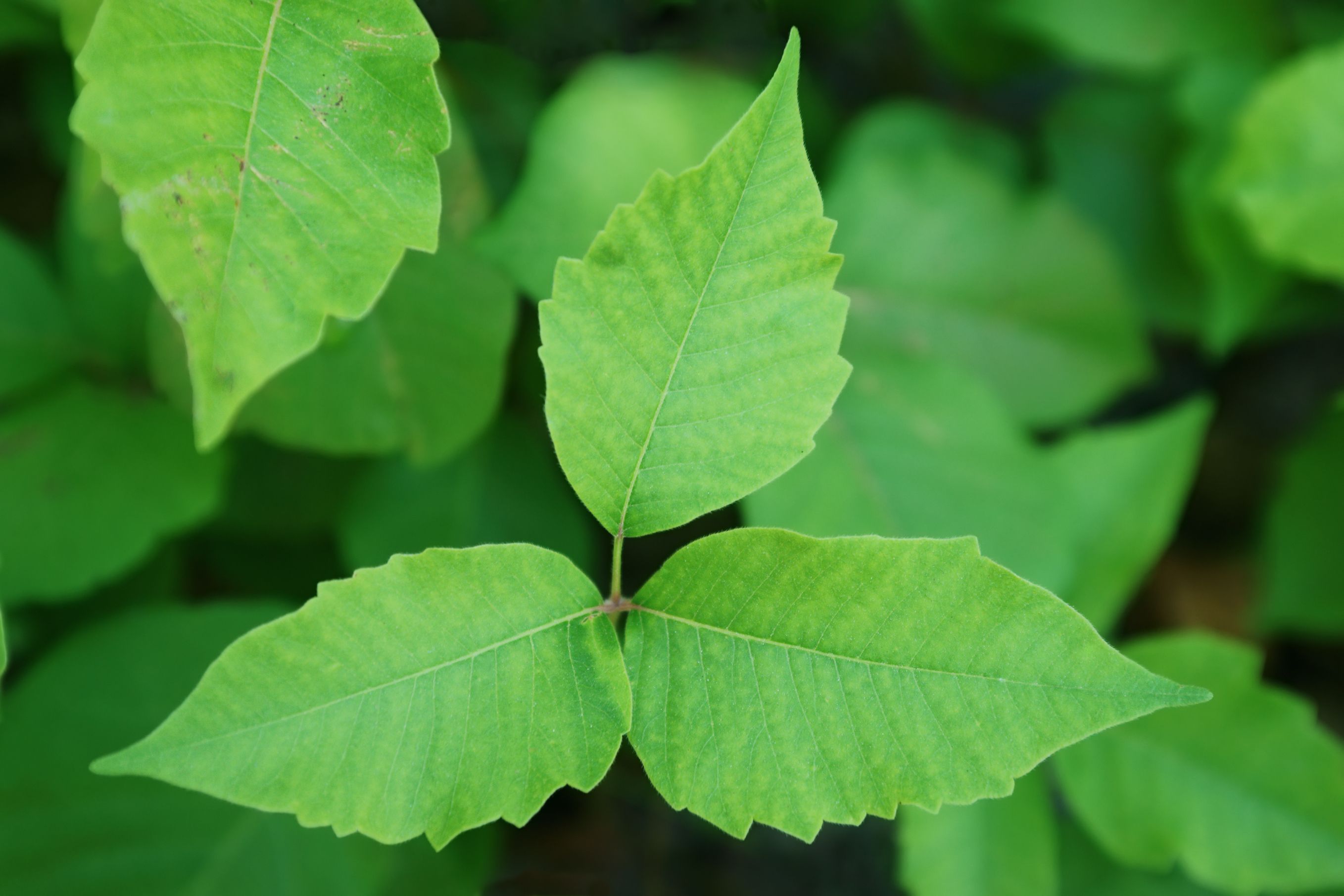
Being outside is a staple of summer. Whether hiking, working in your garden, or maintaining your flower bed your time outdoors increases two-fold throughout the warm weather months. But a pesky problem arises the more time you spend in the outdoors - coming into contact with poison ivy.
Exposure to poison ivy can cause contact dermatitis. The severity of the reaction can decrease if you have had mild reactions in the past. Urushiol is the substance that causes the reaction. Exposure can occur through touching the leaves of the plant, touching something that has urushiol on it (animals, tools, etc.), or breathing in smoke when plants are burned.
What Are The Symptoms of Poison Ivy?
After contact about 50% of people will develop poison ivy dermatitis. The severity of the rash can vary from person to person. The most common signs or symptoms are:
- Intense itching
- Skin redness or skin swelling
- Blisters
When Do Symptoms Develop?
Symptoms usually develop within four hours to four days after exposure. Blisters can grow in a line or streak-like pattern. Blisters develop at different times in different people. Symptoms can be worse within one to 14 days after exposure but can develop up to 21 days after exposure. They may also develop at different times on different body parts. The fluid that leaks from blisters cannot spread the rash, and poison ivy dermatitis is not contagious.
When Should You Call Your Provider?
Please call your provider if you believe you have been exposed or are developing poison ivy dermatitis symptoms. Treatments can vary. For some patients, cool wet compresses, calamine lotion, or other over-the-counter treatments may be sufficient to relieve the itching.
Topical steroids may be helpful for itching as well. 1% hydrocortisone is available over the counter, but a more potent prescription steroid from your doctor may be necessary. These are best if started within the first few days after symptoms develop. If severe symptoms develop, or a rash covers a large body surface area (or over-sensitive areas like the face or genitalia), oral steroid pills may be necessary. Treatment normally lasts around 14 days and involves a steroid taper. When stopping steroids too soon, the rash and itching may reappear.
Prevention
The best way to prevent poison ivy is to avoid the plants that cause it. Please consider wearing protective clothing or gloves when doing yard work. If you have been exposed, remove your clothing and wash your body with warm water and soap as soon as possible.
For more questions or concerns contact your provider.
